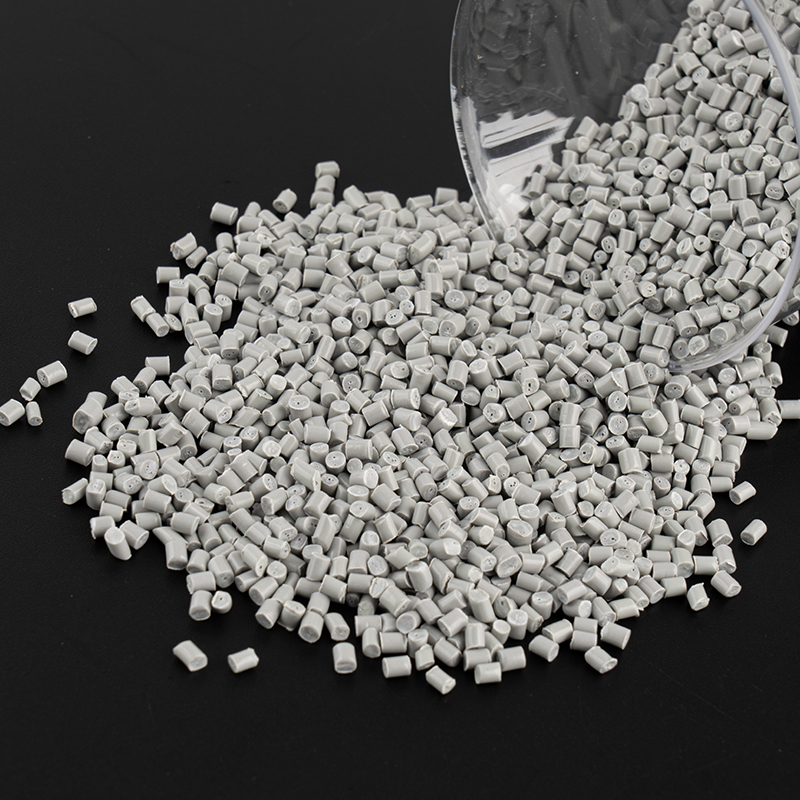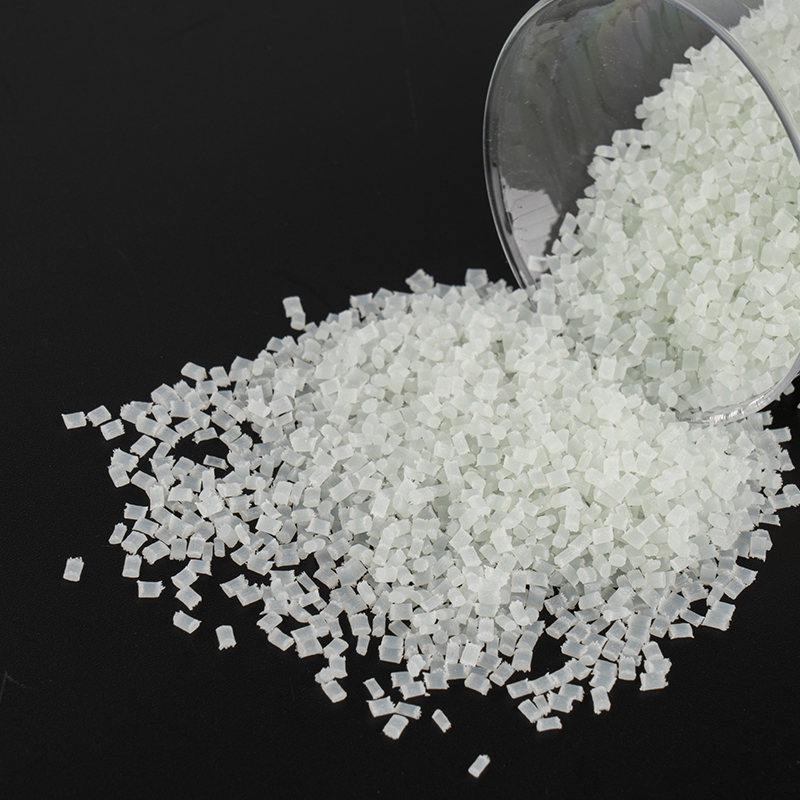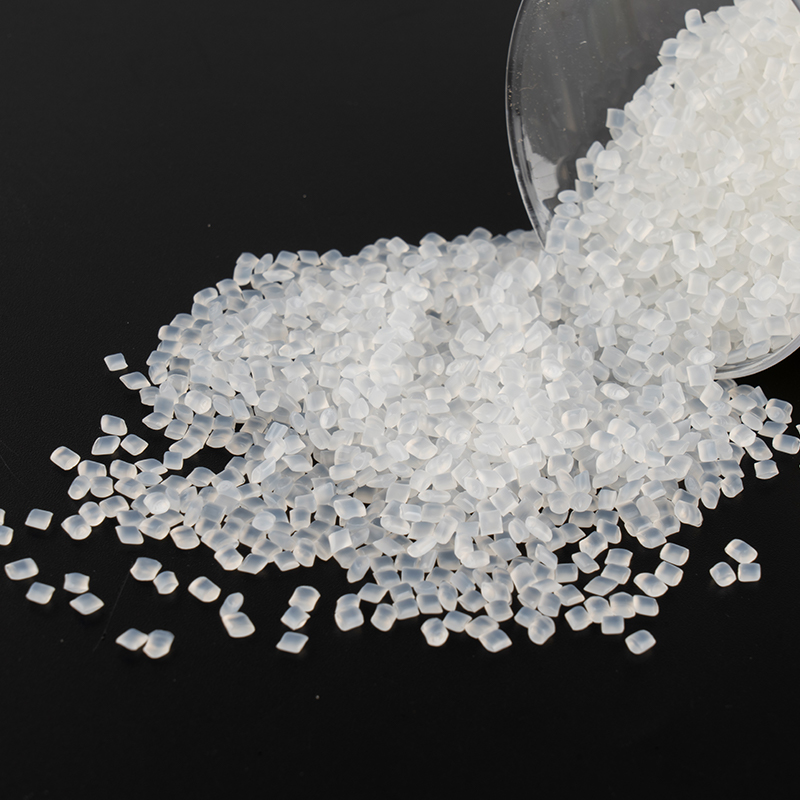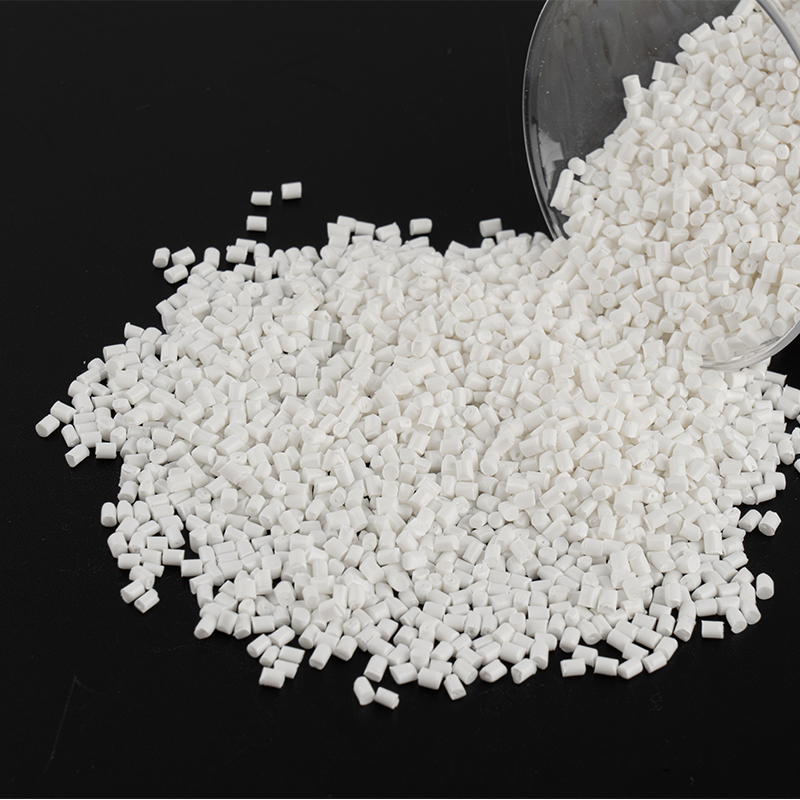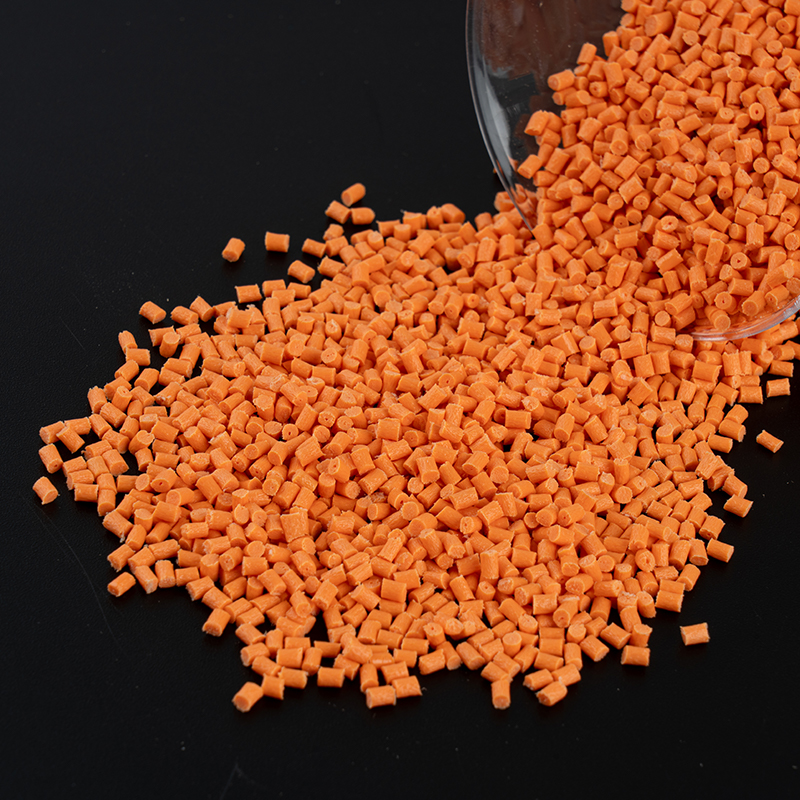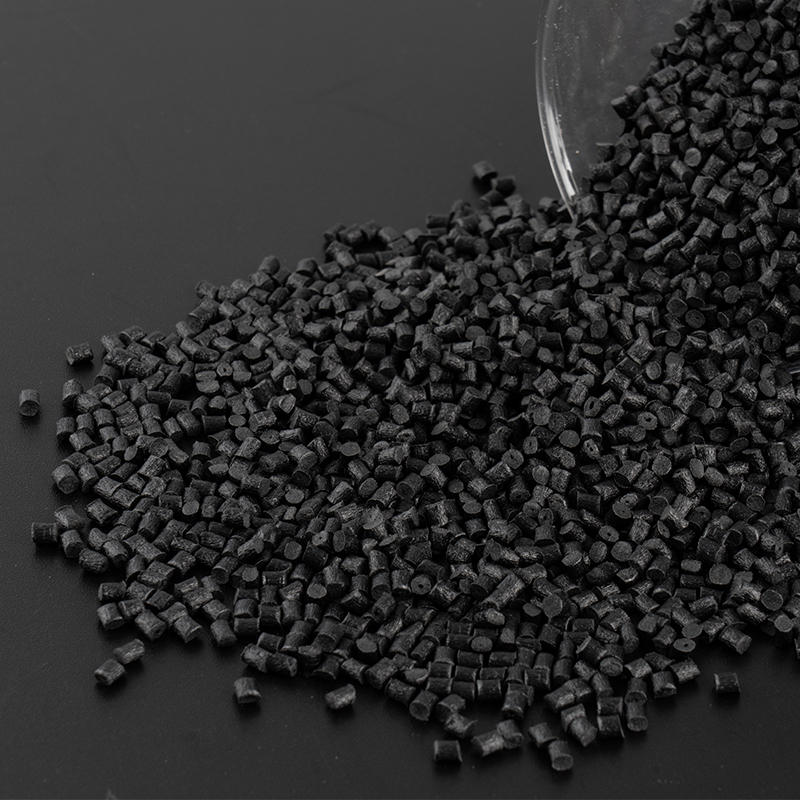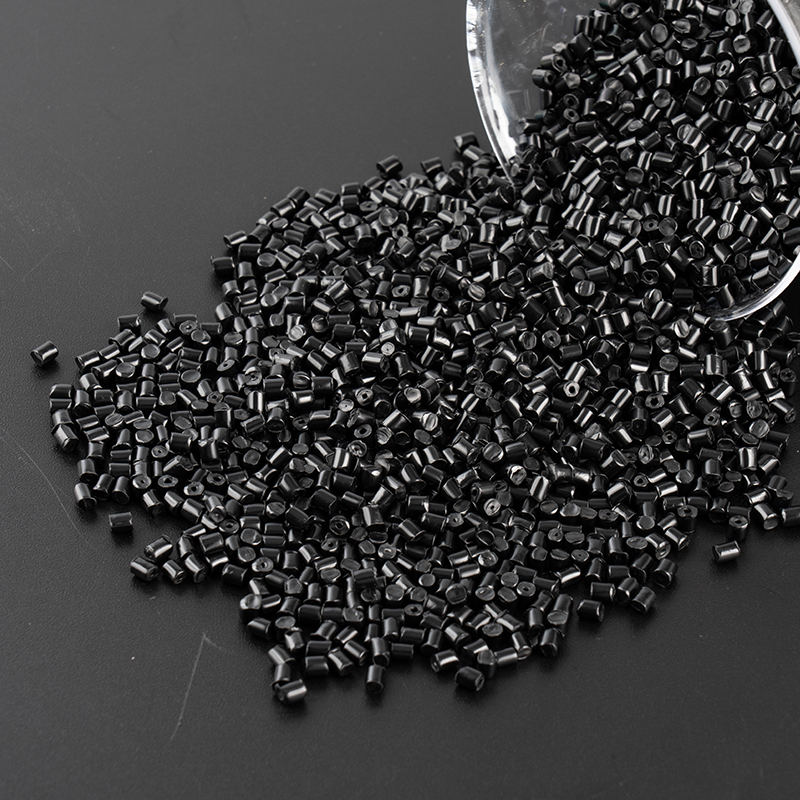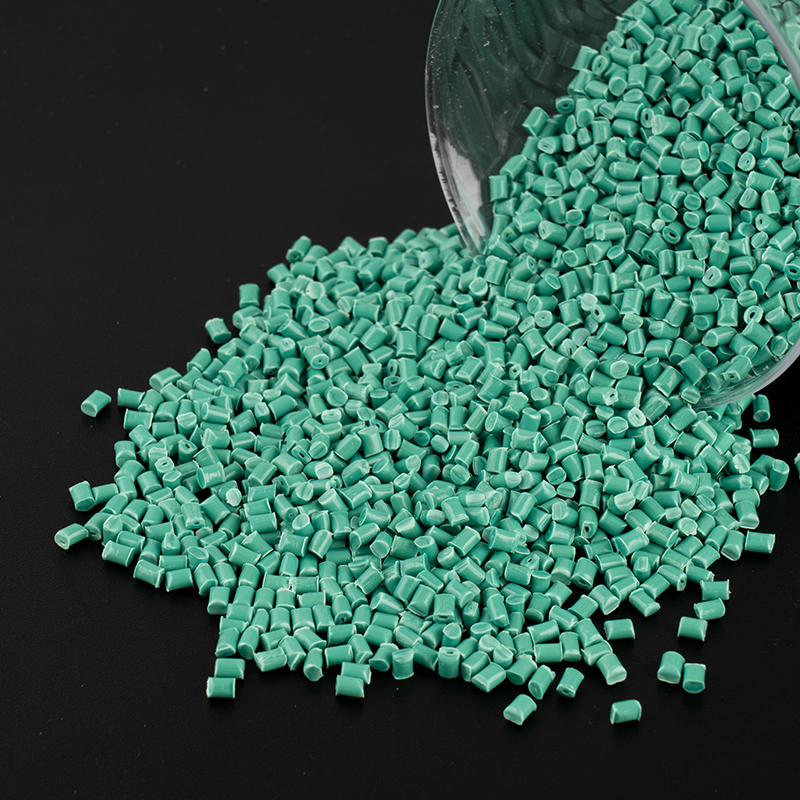Modified engineering plastics are rapidly gaining popularity in various industries due to their superior wear and tear resistance, which makes them an ideal choice for machinery components. These plastics have been specially engineered by incorporating additives such as fibers, fillers, and reinforcing agents to enhance the mechanical properties of traditional plastics. They can withstand the rigorous demands placed on machinery components, particularly those exposed to continuous friction, wear, and mechanical stress.
One of the most significant ways in which modified engineering plastics improve wear resistance is through their enhanced material composition. By reinforcing base plastics with materials like glass fibers, carbon fibers, or other fillers, the resulting composite material boasts significantly higher strength, hardness, and toughness. This makes it capable of withstanding abrasive forces that would typically cause wear in standard plastics. The reinforced nature of modified engineering plastics ensures that moving parts, such as gears, bearings, and seals, experience less degradation and surface damage over time, even under high-stress conditions.
Another key benefit of these plastics is their improved friction and wear resistance. Many modified engineering plastics, especially those that are fiber-reinforced, exhibit a low coefficient of friction. This means that when these materials come into contact with other surfaces, the amount of friction they generate is significantly reduced. These plastics create less heat during operation, which further minimizes wear and tear. In applications like bearings, bushings, and gears—where friction is a primary concern—this property is particularly advantageous, helping to extend the lifespan of these critical components by reducing friction-induced damage.
Modified engineering plastics also offer exceptional fatigue resistance, which is essential in machinery that operates under cyclic loading and constant mechanical stresses. Components in machinery are often subjected to repetitive motions or vibrations, which can lead to material fatigue over time. Traditional materials may crack, deform, or fail under these conditions. Modified engineering plastics are specifically formulated to endure these stress cycles without suffering from fatigue-induced failure. This added resistance to repetitive stresses ensures that parts such as gears, pulleys, and axles remain functional and intact for longer periods, even in high-demand applications.
Impact resistance is another area where modified engineering plastics excel. Machinery often experiences sudden shocks or impacts due to unexpected loads or operational conditions. Standard plastics can easily crack or break under such circumstances, leading to costly repairs and downtime. Modified engineering plastics are designed to absorb shocks and sudden impacts, thereby reducing the risk of fractures. This makes them ideal for components that are subjected to frequent or unexpected impacts, such as conveyor system parts or machinery used in heavy-duty applications.
Modified engineering plastics are often designed with enhanced chemical resistance, making them well-suited for environments where components are exposed to oils, solvents, or other corrosive chemicals. In industries such as automotive manufacturing, petrochemicals, and mining, machinery components can frequently come into contact with harsh substances that would degrade standard plastics over time. The chemical resistance of modified engineering plastics ensures that these materials maintain their integrity even in the presence of oils, solvents, and other harsh chemicals, contributing to the longevity of parts and reducing the need for frequent replacements.
Another important advantage of modified engineering plastics is their thermal stability. In many industrial applications, machinery operates in high-temperature environments, and materials used for components must be able to withstand heat without losing their mechanical properties. Modified engineering plastics are formulated to remain stable and maintain their strength and rigidity at elevated temperatures, which helps prevent issues such as warping, softening, or degradation.






